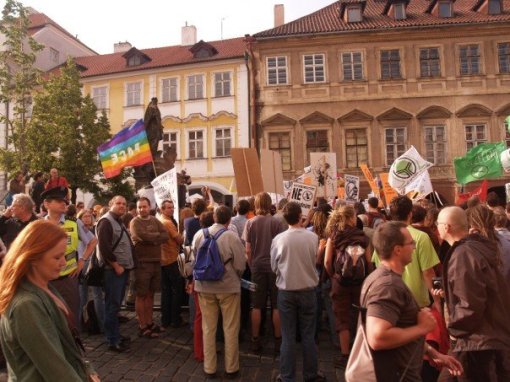Sunday, April19, 10pm ET/PT
VANCOUVER, British Columbia, April 2 /PRNewswire/ — From Amazon jungles to the American Plains, British mental wards, Swiss labs, New York mansions and Grateful Dead shows, the history of hallucinogenic drugs is as fantastic as the visions the drugs produce. Wade Davis, is a modern-day anthropologist, author (“The Serpent and the Rainbow”) and protege of one of psychedelia’s most intrepid forefathers — Richard Evans Schultes. Davis traces Schultes’ life’s work as one of the greatest botanist-explorers of
the 20th century and reveals an illustrated history of the world’s most mind-altering plants and substances in: PEYOTE TO LSD: A PSYCHEDELIC ODYSSEY.
Winner of the prestigious 2008 CINE Golden Eagle Award, the documentary follows the career of Schultes, who journeyed into far-flung areas in search of ritualistic healing medicines known to produce powerful visions: Peyote, mushrooms, Ayahuasca. Davis, a former student of Schultes at Harvard and author of Schultes’ biography (“One River”), travels to the exotic locations Schultes once voyaged to, seeking the same experiences. Along the way, set to the music of the Grateful Dead and featuring input from experts such as Dead co-founder Bob Weir, plus Dr. Andrew Weil, and LSD inventor Dr. Albert Hofmann, the documentary reveals how hallucinogens got from jungle shamans to the hippie generation. Questions arise about the attitude toward psychedelics: their great potential benefits versus perceived harmful side effects. Why is it that so many ancient cultures consider hallucinogenic plants — a medicine given from God, while in today’s culture they are outlawed, and even reviled. PEYOTE TO LSD: A PSYCHEDELIC ODYSSEY is a long, strange trip that began decades ago, but is probably nowhere near its end. Even now, new uses for hallucinogens are being sought and tested by leading universities and medical institutions.
PEYOTE TO LSD: A PSYCHEDELIC ODYSSEY is produced and directed by Peter von Puttkamer of Gryphon Productions Inc. along with producer Sheera von Puttkamer and co-producer Wade Davis. Executive Producer for The History Channel is Michael Stiller.
An exhibit of Richard Evans Schultes’ photographs will run at the Smithsonian National Museum of Natural Historyin Washington, DC, April 16 – November, 2008.
